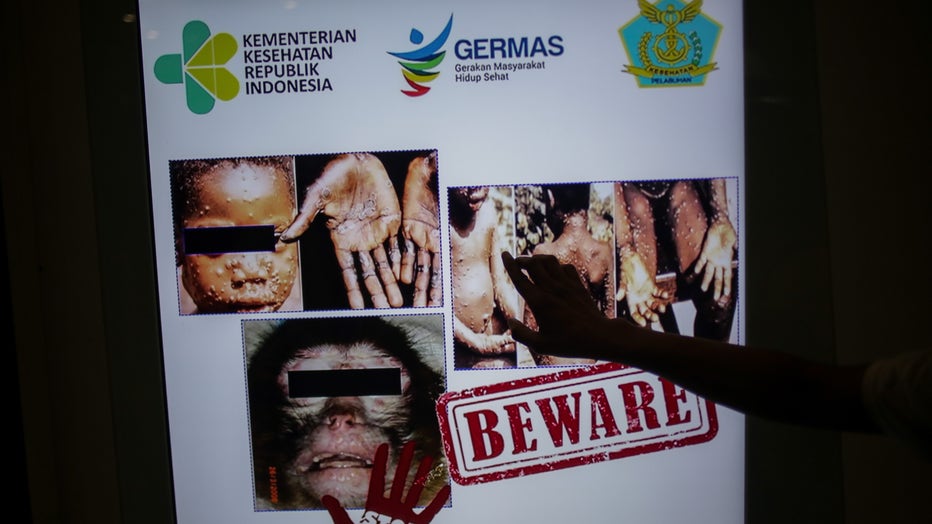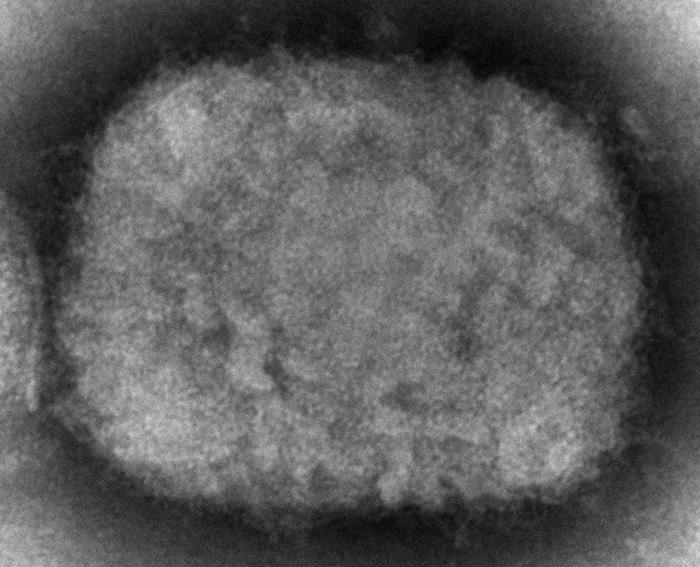

It was not until the 2003 US outbreak that monkeypox truly gained global attention.

Upon the cessation of smallpox vaccine administration, monkeypox cases became more prevalent. The smallpox vaccine provided cross-immunity to the monkeypox virus. Monkeypox cases received global attention during the 1970s, after the global eradication of smallpox. Monkeypox virus is one of the many zoonotic viruses that belong to the Orthopoxvirus genus of the Poxviridae family. While contact-tracing projects are being conducted by various organizations, it is unknown how this outbreak began. Previously endemic to regions of Africa, the majority of monkeypox cases associated with the 2022 outbreak are being noted in countries around Europe and in the western hemisphere.
#Monkey pox transmission skin
Their guidance includes information on where or when spread of monkeypox is at risk, safer sex advice to reduce the chances of being infected with monkeypox during sexual activity, and what to do in more public or caregiving settings where monkeypox is, or may be, present and skin to skin contact is possible or probable.As the fear of the coronavirus disease 2019 (COVID-19) pandemic subsides, countries around the globe are now dealing with a fear of the epidemic surrounding the prevalence of monkeypox cases in various regions. The CDC has very frank guidance for reducing your chances of being infected with monkeypox on its ‘Learn More’ webpage. Close contact with someone who has monkeypox need not include sexual activity to risk infection, including indirectly handling fabric or objects of theirs that haven’t been disinfected. Monkeypox is not an STD in the traditional sense, where an infection is passed from one person to another via sexual activity. If monkeypox spreads through sexual contact, is it an STD? That said, the CDC's advice to reduce the risk of being infected with monkeypox where it might be, or is known to be, present includes avoiding contact with respiratory secretions, as well as skin to skin contact and other measures. We don’t actually know how often monkeypox can spread through respiratory means, but most researchers agree that transmission takes much closer contact with respiratory secretions than what would normally describe an airborne virus. Is monkeypox airborne? The CDC lists “contact with respiratory secretions” as a way it spreads-what does this mean? This is all quite different than the status of the COVID-19 pandemic, where high levels of community spread are still occurring amongst people who are not in close, personal contact. involving contact with infected animals.Īt this time, however, the CDC is tracking monkeypox infections as occurring primarily amongst close contacts. Currently, greatly overshadowing previous encounters with monkeypox including travel cases and a 2003 outbreak in the U.S.

The case trends are worrisome with confirmed cases numbering over 7,500 in the U.S. That said, monkeypox is spreading in countries where it’s not normally reported, including here in the U.S. as an outbreak, which, while causing great concern in its own right, already sets it apart from a pandemic where infections are much more widespread globally and with deadly consequences. The CDC is currently tracking monkeypox in the U.S. Many of us are closely following the CDC’s ‘Monkeypox in the U.S.’ webpage because the spread of monkeypox is a story still being written.

How worried should the general public be about monkeypox at this point? He was recruited to be part of the rapid research team when SARS hit Toronto in 2003 and is a nationally recognized expert on COVID-19. Cameron’s research experience focuses on population health, virus outbreaks and vaccine development. Mark Cameron, PhD is an associate professor at the Case Western Reserve University School of Medicine and member of the American Association of Immunologists and American Society for Virology.


 0 kommentar(er)
0 kommentar(er)
